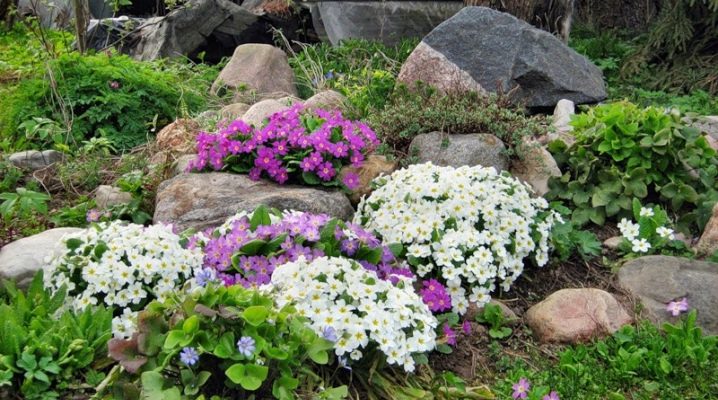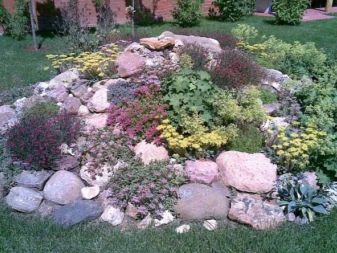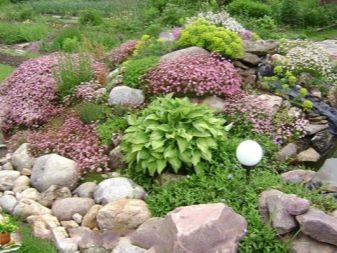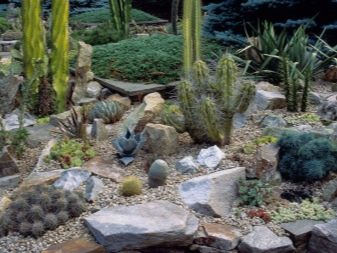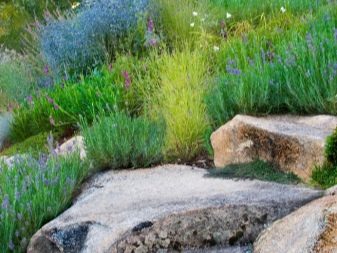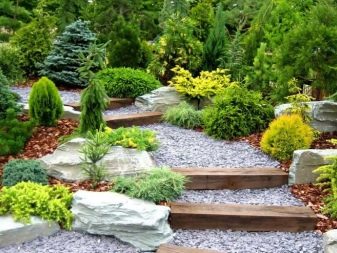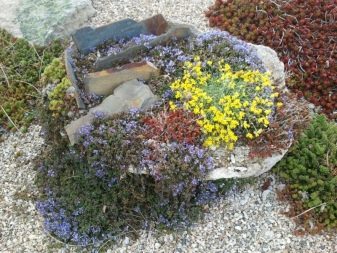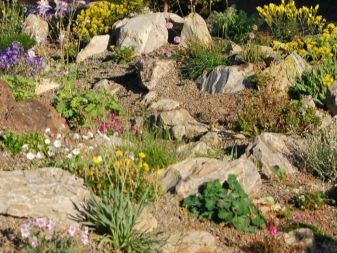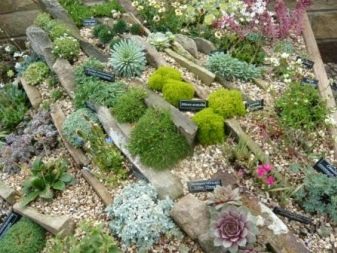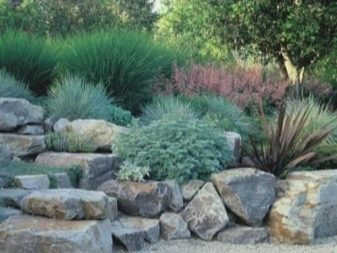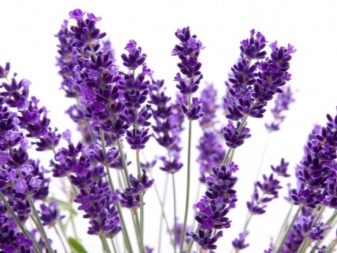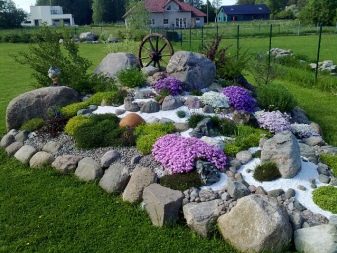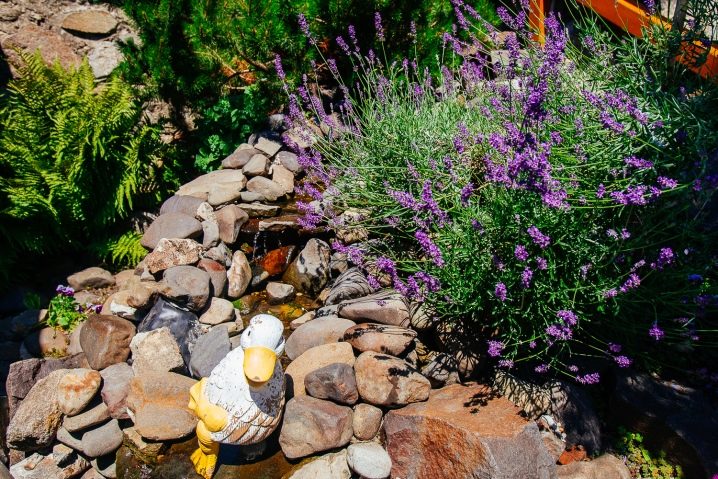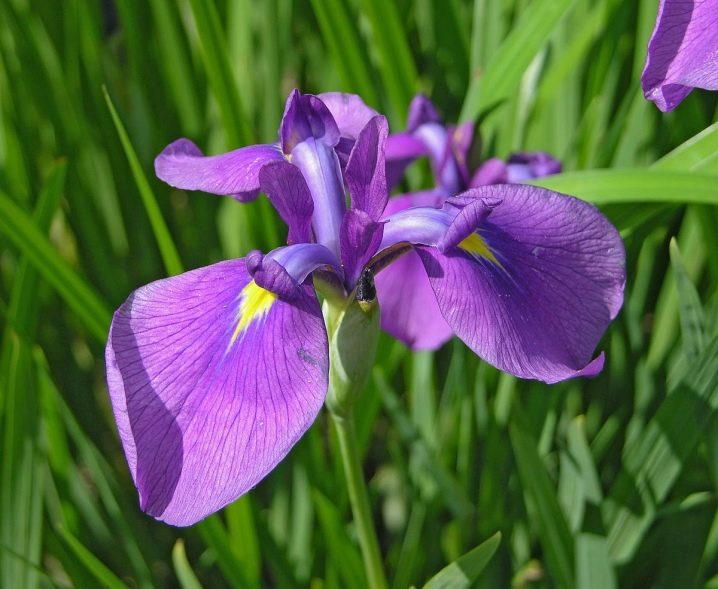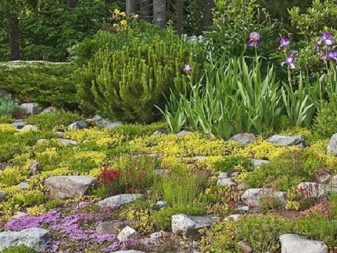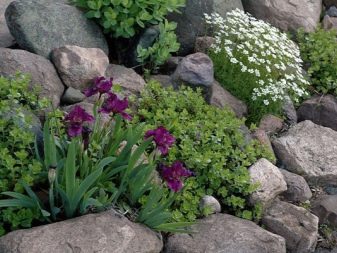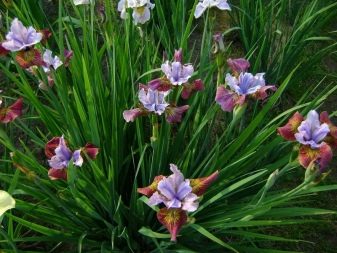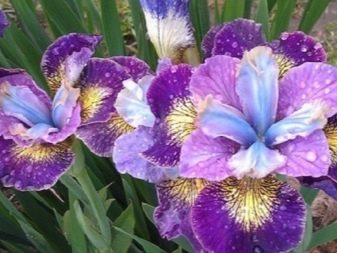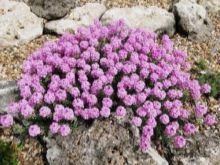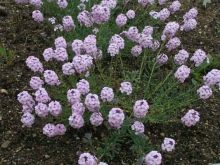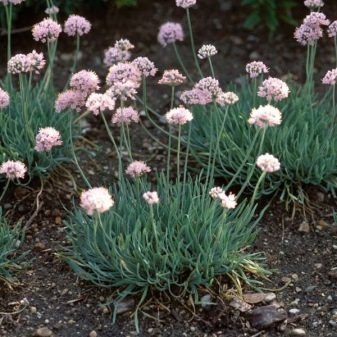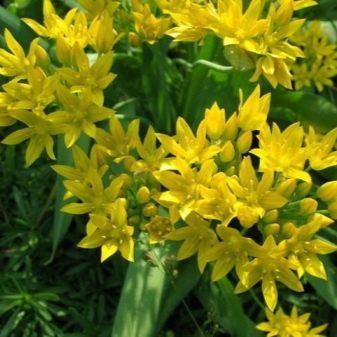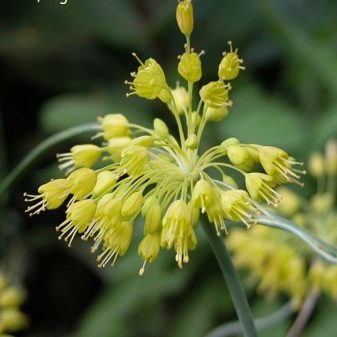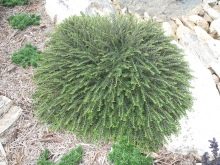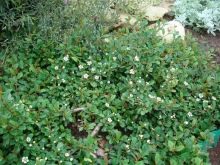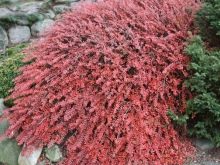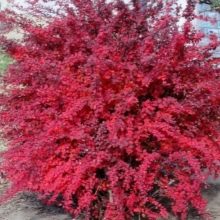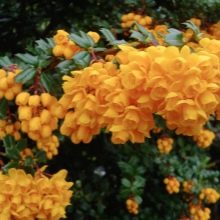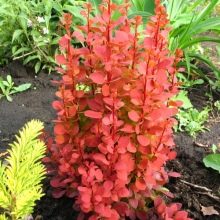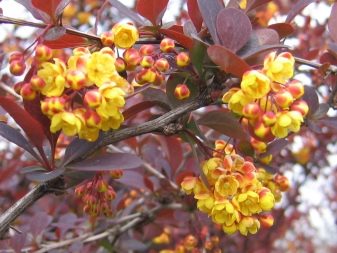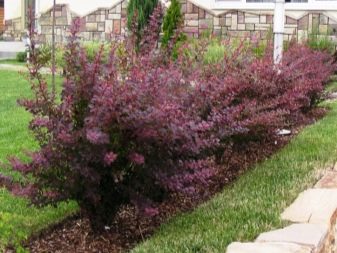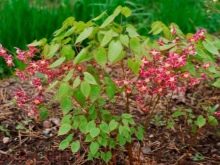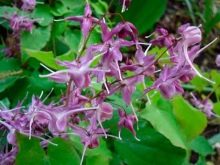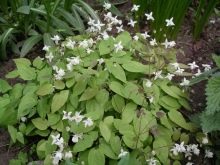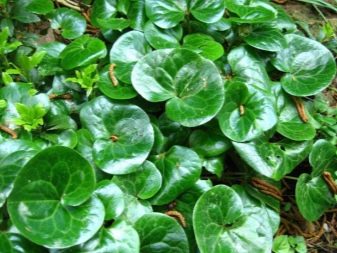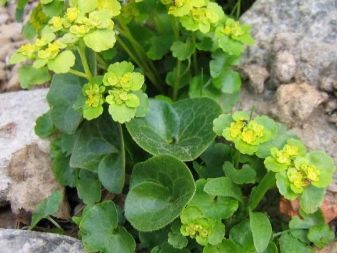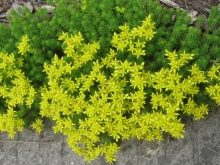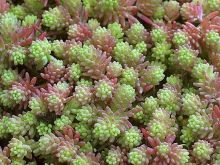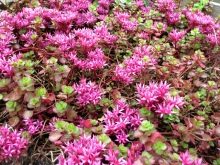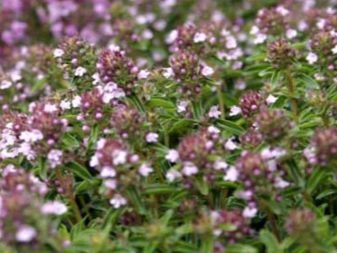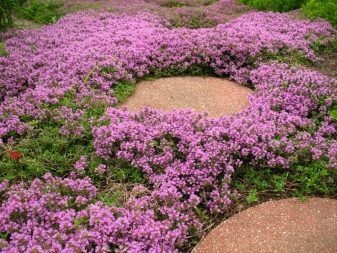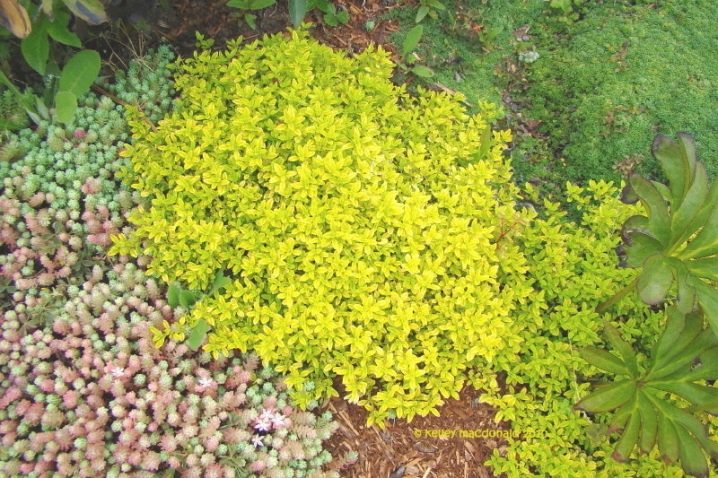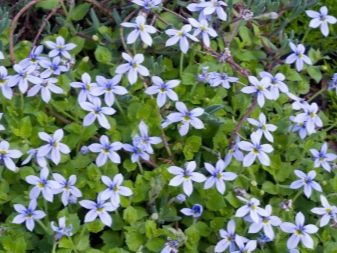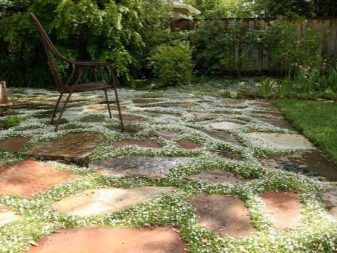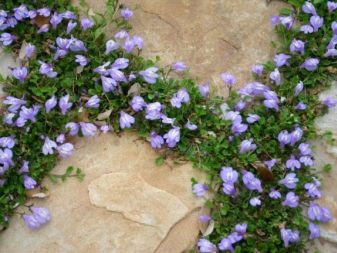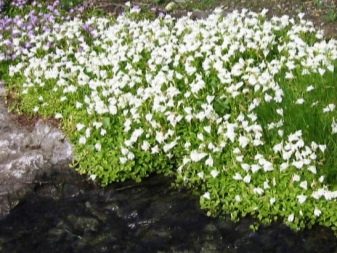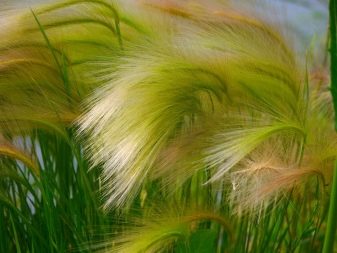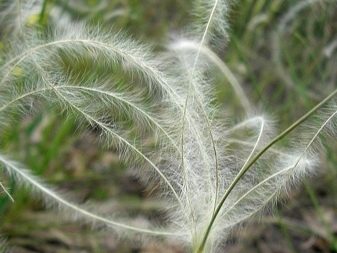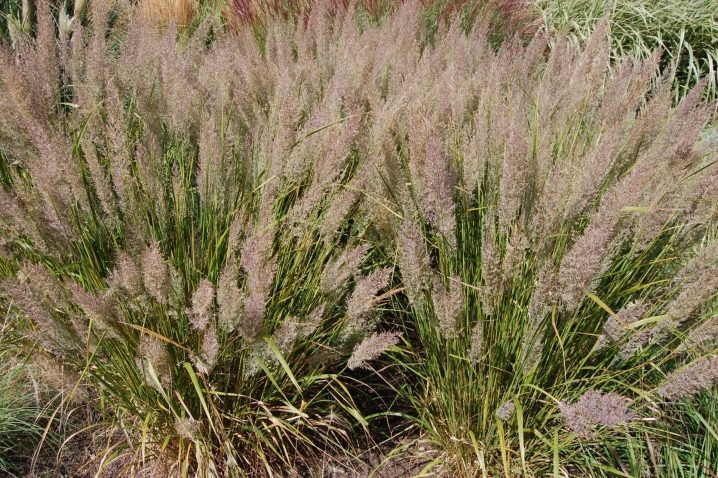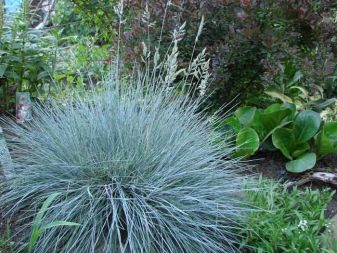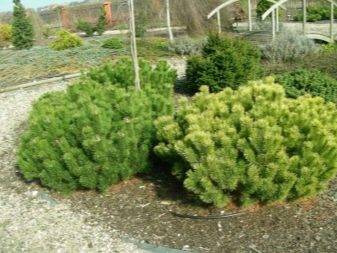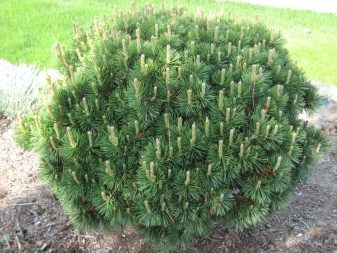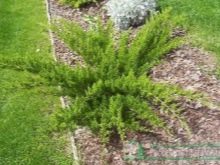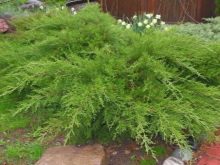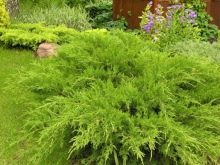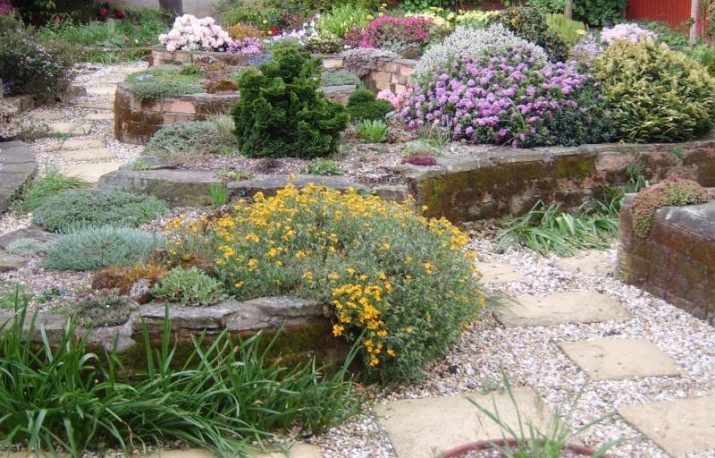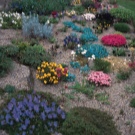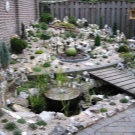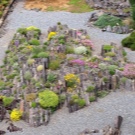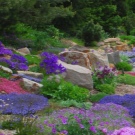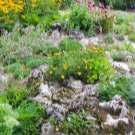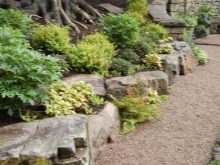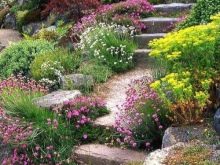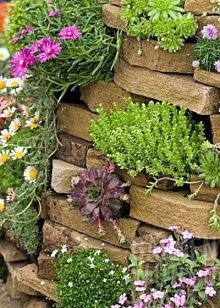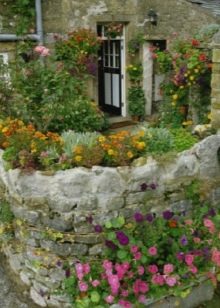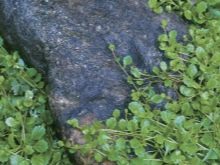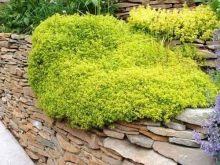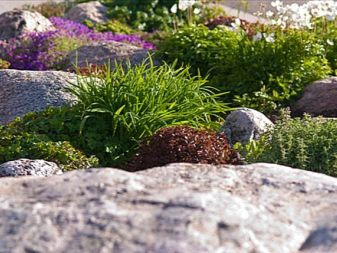Plants for alpine slides: types and their names
Alpine slide is an element of landscape design. This unique composition, as a rule, imitates a mountain landscape: in the center a group of stones should rise, terraces with various plants are made on the slopes of a hill.
Features rock garden
Rock garden is a simple and unique way to recreate a piece of nature on your site. If the plot is completely flat, the rock garden (also called rock aquarium or stone garden) will give it an element of movement. In addition, rockeries are the ideal place to house exquisite alpine plants, as well as for many beautiful low-growing plants that would otherwise go unnoticed.
What plants are needed?
Most garden plants that are best suited for rock garden are drought-resistant, need little fertilizer and rarely require any pruning. The only difficult task is constant weeding, but it can be minimized by removing all perennial weeds from the place of the proposed rock garden placement. Naturally, the rest of the soil, poured to the stones, must also be free from weeds.
When selecting plants for rock arias, it is important to remember the conditions and choose the appropriate specimens.
For example, for rock aria located in a sunny area with fast-drying soil, choose plants that need sun and enhanced drainage. If your planting area is so large that the conditions on it can change — perhaps there are places where the soil retains more moisture — group your plants accordingly. Plants blooming all summer are best planted in a warm and humid climate, cacti and other succulents are more suitable for a dry climate, and finally, if your site is located at high altitude, you can consider a classic alpine garden.
What to plant?
The list of plants is extensive. It is only necessary to take into account that stone gardens, located in a warm climate, require some plants, and in a colder climate - others.
Flowers
It is best to choose undersized long-flowering garden plants. Fortunately, there is a huge selection of such colors.
Lavender
Natural choice for any rocky garden. Its gray-green foliage perfectly contrasts with its own flowers, as well as dark green herbs and other rock garden plants. Plants are placed at a distance of 30 to 45 cm from each other in an open, sunny place with well-drained, slightly alkaline soil (pH from 6.7 to 7.3). Before planting, it is necessary to add sand to the soil, which is vital, since lavender does not tolerate excessive soil moisture.
Lavender blooms almost all summer; in order to maintain continuous flowering during the warm season, it is necessary to remove faded flowers. In the spring, when the plants start to grow, you can pinch the lavender slightly for better branching.
Remember lavender needs good drainage. and good air circulation. Do not overfill it, allow the soil to dry before watering.In conditions of heat and humidity, fungal diseases can develop, and the leaves will turn brown. To minimize the likelihood of such a problem, to accelerate evaporation, pour the base of the plant with pebbles or sand. For better air circulation, form the plant sparse.
Iris
Hardy and unpretentious, with bright colors, has been used in stone gardens for many years. Choosing from a variety of options for varieties and varieties of iris, you can extend their flowering season from spring to early summer, sometimes with repeated flowering.
In the northern climate, two main types of irises are well developed: bearded and siberian. However, there are less common names that are also worth growing, such as Iris reticulata (dwarf toffee), Iris pallida (sweet toffee), Iris pumila (rainbow nut), Iris cristata (crested iris) and shade-tolerant Iris tectorum (Japanese iris).
Bearded irises put in full sun with plenty of air. Overcrowding or shading by other plants can adversely affect the flowering of the iris, as well as contribute to its disease. Irises grow best in rich soil that has been supplemented with organic matter such as compost, manure or peat.Well-drained soil is important to avoid root rot of a fleshy rhizome.
The soil under the bearded irises should be kept constantly wet, but only from spring to the end of flowering. After flowering, the plant goes into a dormant period, excessive watering at this time can cause rot. Fertilize bearded iris should be in early spring. Use nitrogen fertilizer, then water the plant well. The fertilizer is repeated when a flower stalk appears.
Irises should be carefully trimmed, leaving as much green healthy leaf tissue as possible. Do not be afraid to damage or deplete the plant, its development in the next year is determined by the ability to produce and store food during the current season; the more yellow leaves leaves, the better. After these frosts, it is necessary to cut off all foliage.
Siberian irises There are different shades: blue, lavender, white or yellow. After flowering (from late spring to early summer), the foliage remains attractive throughout the season. Siberian irises grow almost the same as ground cover plants, displacing weeds. The best place to put them is the sun.Siberian irises need constant humidity throughout the season with occasional deep watering.
Removal of faded flowers stops the formation of seed pods, but seed pods of Siberian irises are attractive in themselves. On individual plants, they can be left for additional autumn and winter decoration.
Krylotychnik
(Aethionemas or Persian Candytufts) - the perfect plant for rock garden. It will grow in any soil except heavy, moist clay. These small plants with tiny blue-green leaves are extremely attractive, even if they have not yet bloomed. Aethionema caespitosa forms a dense carpet just 5 cm tall; A. grandiflora is taller, up to 20 cm, with caps of beautiful pink, very fragrant flowers, which long remain decorative; Aethionema cordifolium is the only member of this group that breeds by self-sowing. All krylotychinniki bloom from mid-spring to late summer.
Bow
Not all lovers of rock gardens know that some types of onions can be an excellent decoration, for example, Allium senescens glaumum. This bow has flat, bluish leaves, as if twisted in one direction, which makes it very decorative. It blooms in summer with lavender-pink flowers. Other bows: A. cyaneum with violet-blue flowers, A.moly with golden yellow flowers and A. flavum, which blooms in summer with charming straw inflorescences.
Shrubs
For alpine slides, they mainly plant creeping forms of shrubs.
Cotoneaster horizontal
As the name suggests, this shrub grows horizontally. Plants have small rounded leaves, the color of which in autumn ranges from reddish-orange to maroon. The flowers are light pink, after flowering they give later shiny red berries. The arrangement of the branches is such that, in general, the plant has the appearance of a “Christmas tree”. It reaches a height of 90 cm, and in width - 2.5 m.
These bushes offer an excellent example of a year-round ornamental plants. In spring, they bloom with light pink flowers, in the summer their glossy green leaves create an unusual pattern. But the cotoneaster in the fall at the expense of foliage and berries is especially attractive. Red berries remain on the branches for a long time and look attractive even in winter. True, by the middle of winter they may show signs of fading and discoloration.
Barberry
Hardy and delicate shrubs, evergreen or deciduous. Some species are famous for their beautiful and fragrant flowers, others are more attractive,when covered with brightly colored fruits at the end of the year.
These shrubs are capable of growing in a wide range of soils, from sandy to loamy. They naturally take a beautiful shape, they do not need regular pruning. Although some species can tolerate moderate shading, the best results are obtained in sunny places. Some species create very good hedges, in particular, B. Darwin, B. Stenofill, B. Thunberg, so they can be used in the country. Dwarf forms of B. Thunberg (Box Barberryu Red Pygmy) can be planted in a flower garden
Those barberries that retain their leaves during the winter are among the most beautiful evergreen shrubs. The barberry Darwini, a straight, beautiful bush, has small, shiny, dark evergreen leaves and orange fragrant flowers in late April and May; fruits are dark purple with a blue-gray flower. A relatively new Chilean barberry is B. linearifolia, which resembles B. Darwinia, but has larger flowers of a richer color. There is a hybrid B. Darwinii and B. linearifolia, it has orange flowers and is very effective.
Red barberries are especially attractive in autumn and winter. B.Wilsonae - a dense shrub 90 cm high with thorny branches and small leaves; the flowers are yellow, and the coral-red fruits in the fall are its main attraction. Its variety Stapfiana is also very beautiful in autumn and winter due to its red berries. The barberry of Thunberg is especially beautiful because of the rich scarlet and orange color of the leaves in the fall. The atropurpurea variety has purple foliage; This is a good dwarf shrub for rockeries.
Ground cover
In this capacity, different types of stone-hemlock (Saxifragaceae) are very popular. These are creeping perennials with round green leaves, on the reverse side leaves are pink with white veins. The species S. umbrosa has tiny pink flowers on red stems, while the species S. stolonifera has white flowers.
Goryanka (Epimedium)
An undersized perennial, which is also often used as a ground cover in mountain gardens, forms a mass of leathery leaves with heart-shaped leaves. Epimedium's tiny wax flowers range in color from shades of white and yellow to pink and red.
Hooffoot
(Asarum caudatum) - has heart-shaped leaves and grows well in foggy areas. Fills the gardens with a scent reminiscent of ginger.
Creeping Sedum (Sedum)
It is one of the most versatile, drought-resistant and easily growing perennial plants that can be used as a ground cover. Known for their ability to spread quickly, these low plants completely damp down weeds. If they are not too wet, they rarely suffer from any diseases or pests. They are the ideal choice for gardens in hot and arid climates, but also work well almost everywhere - as long as they get good drainage.
Most creeping sedums prefer full sun, but tolerate partial shading.
Thyme
Aromatic fast-growing groundcover 5-7 cm tall with small leaves. At the beginning of summer, he carries small, tender, whitish flowers. It can grow between the steps of the garden path. It grows in full sun and well-drained soil. It can be used to quickly fill the gaps between stepped stones or rocks.
Golden Oregano (Origanum vulgare 'Aureum')
Another hardy and unpretentious groundcover, which best of all retains its golden color in cold weather. Golden oregano has tiny rounded leaves with a width of 1 to 2 cm.Its small lavender or purple flowers appear at the beginning of summer and last all summer. Combine it with other oregano or plant it next to lavender (Lavendula spp.), Rosemary (Rosemarinus officinalis) or cylindrical emperor (Imperata cylindrica 'Red Baron') - and you get a golden carpet of various shades.
Blue Star (Laurentia fluviatilis)
Originating from Australia, it boasts gentle blue, star-shaped flowers that appear during spring and summer among small, bright green leaves. The blue star forms an attractive cover under the trees and between the stepped stones.
Mazus reptans
A plant for an impatient gardener, It grows very quickly, forming a dense carpet. In spring, tiny flowers resembling fragments give the effect of a miniature flower garden. Blue or white with a yellow spot flowers rise 5-7 cm above the foliage. Use this hardy perennial where its aggressive qualities are necessary, for example, between steps or to cover large areas.
Herbs
By the power of visual impact, rare plants can be compared to ornamental grasses. Do not confuse ornamental plants with herbs used for lawns.
Ornamental grasses are intended for cultivation, not for mowing, and most of them are not used as ground cover.
Feather grass
Widely distributed in gardens and very useful in many ways. Designers use these herbs because of their shape, color range, and also because of the long period of decorativeness, from the beginning of summer to the middle of winter. Most varieties of feather grass are perennial, and they all prefer the open sun and are rarely found in the shade in natural habitats. Steppe feather grass (Stipa) –thin grass of ashen color. Mexican feather grass (S. tenuissima) - bright green tender grass growing up to 90 cm in height.
Cane Grass (Calamagrostis)
Another ornamental grass for the alpine slide, which has a leaf shape similar to feathers, grows to the same height as S. Tenuissima. The C. acutiflora "Karl Foerster" variety is distinguished by the fact that there are small pink flowers in the upper part of the stems.
This reed grass looks like a work of art. and provides great contrast with low shrubs and perennials. In addition, C. "Karl Foerster" is one of the first herbs to start growing in spring. Flowers during the season change color, remain on the plant until the snow. The plant sways gracefully in the light wind.Mass landing C. “Karl Foerster” on a windy day looks very impressive!
Blue Oat Grass (Heliptotrichon sempervirens)
It looks like a miniature fountain with tightly packed leaves, gently opening upward and bending down the tips. This grass adds a wonderful element of decor to the rocky gardens. Its homeland is central and southern Europe, where it is found in rocky pastures on calcareous soils. It is best suited for light, well-drained soil and prefers a sunny place. Helperotrichon sempervirens can be used as a separate plant or as a kind of “river” in pebble gardens. This herb looks amazing in any gray leafy pattern, among lavender, artemisia and the like. It is also well associated with other ornamental herbs.
Ephedra
In the rock garden is often used and evergreen conifers.
Mountain pine Pinus mugo
Extremely attractive dwarf plant. Here it is necessary to clarify that dwarf conifers are not necessarily small, they often often grow slowly, only a few centimeters a year. Pinus mugo has good strong branches, green shoots,which gradually turn brown, and scaly gray bark, which is especially attractive in the winter light or in the glow of the sunset.
This plant is of interest all year round.: as in winter, when it looks like snow dust, and on hot sunny days, when its resinous buds exude a wonderful fragrance. The shape of the Pinus mugo is more like a bush than a tree. It is this feature that makes P. mugo ideal for a modern garden.
Juniper "Mint Julep"
The juniper family offers a wide selection of hardy, undersized evergreen shrubs for landscaping in the garden. It is an evergreen shrub with dense vertical branches, clad in pointed green needles. Flowers are not decorative. Blue berries are formed from spring to late winter. It is appreciated because of its brilliant green foliage and original fountain-shaped form.
Layout
The location of the plants on the alpine hill should look natural. To achieve this, contact nature. Watch the rocky terrain with wild plants growing on it.
Make a design plan. Take into account the flowering time of plants, their color and form of growth.
When planting do not place the plants in rows or columns, avoid symmetry.
Stick to your chosen design theme. When you go to the nursery, you find it tempting to choose a variety of plants. Resist this temptation! Concession to him will lead more to the creation of a hodgepodge, rather than a single mountain image. In addition, too diverse a mixture of perennials narrows the space.
If you are new to the creation of mountain gardens, refuse to purchase rare plants. They may require complex structures for good drainage. Drainage is a decisive success factor for growing alpine plants. If there are low places where water stagnates even for a short period, the results can completely discourage you. Therefore, start with the most unpretentious plants, and as you gain experience add other, more exotic.
Keep in mind that structures such as stone walls can also be used for planting plants. Some specimens, for example, Goryanka, are indispensable for planting stone walls in the cracks. Bright flowering cascading specimens, like yellow alissum, are ideal for planting on top of the walls, allowing them to spread along the wall.The effect of these plantings is to soften the hard lines of the wall.
Beautiful landscape examples
- Large stones, well-chosen and properly positioned, constitute the main beauty of the stone garden.
- Mazus reptan perfectly fills the space between the stones.
- Golden creeping thyme grows rapidly around the stones. Its leaves emit a lemon scent, if you hold them by hand.
- Ideal garden plants include seedlings, succulents and herbs such as oregano. Many plants of the mountain garden are those that grow abundantly in mountainous areas.
- Lavender plants have a neat shrub form. This lavender grows with orange poppies in a rock garden where they have good drainage.
Some interesting tips on creating an alpine slide with your own hands can be found in the following video.
